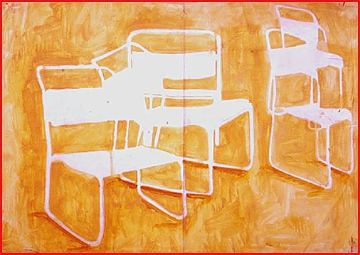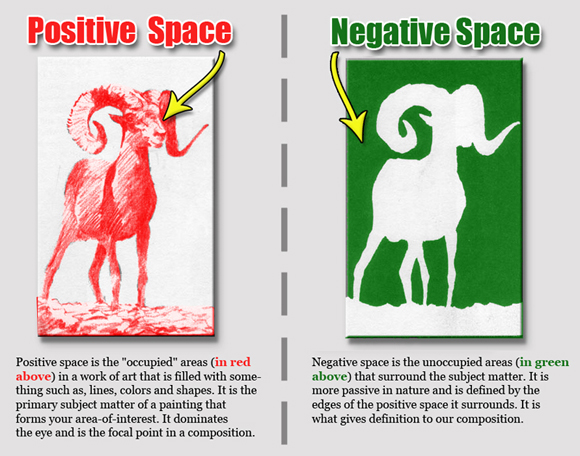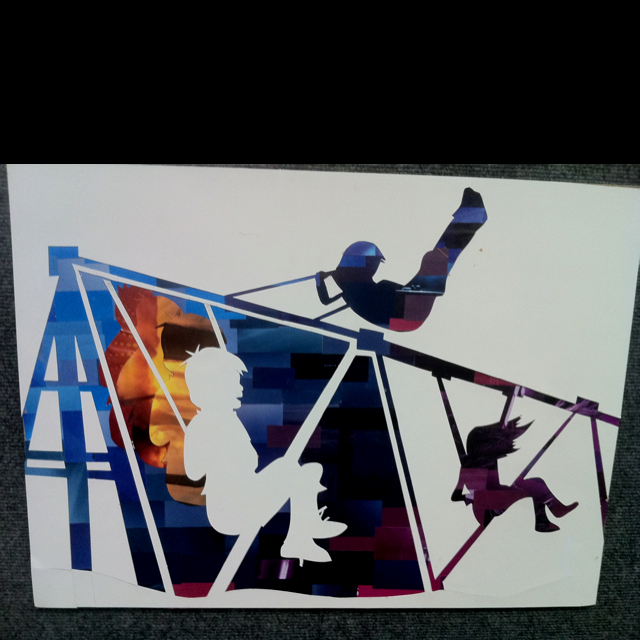Shape & Space
Shape:
A shape is one of the seven elements of art. When defining it within the study of art, shape is an enclosed space, the boundaries of which are defined by other elements of art (i.e.: lines, colors, values, textures, etc.). Shapes are limited to two dimensions: length and width.
Geometric shapes -- circles, rectangles, squares, triangles and so on -- have the clear edges one achieves when using tools to create them.
Organic shapes have natural, less well-defined edges
Geometric shapes -- circles, rectangles, squares, triangles and so on -- have the clear edges one achieves when using tools to create them.
Organic shapes have natural, less well-defined edges
Space:
Space refers to distances or areas around, between or within components of a piece. Space can be positive (white or light) or negative (black or dark), open or closed, shallow or deep and two-dimensional or three-dimensional. Sometimes space isn't actually within a piece, but the illusion of it is.
Link to Presentation shown in class
https://docs.google.com/presentation/d/1x4R9vQb8FLdAZ-SIg_FEcM0uMiqe4BP6v3A3sbeSeGs/edit?usp=sharing
Negative and Positive Collage
Your mission is to focus your attention on the spaces around and through an object by careful observational drawing. The background (negative space) is just as important as the subject (positive space). The negative space is extremely interesting by using collage techniques, using a unifying color theme.
You will be Graded on:
Composition: A balance of positive and negative space
Collaging using a unified color theme
Craftsmanship
EXTRA CREDIT: Make it an Optical Illusion
You will be Graded on:
Composition: A balance of positive and negative space
Collaging using a unified color theme
Craftsmanship
EXTRA CREDIT: Make it an Optical Illusion





































